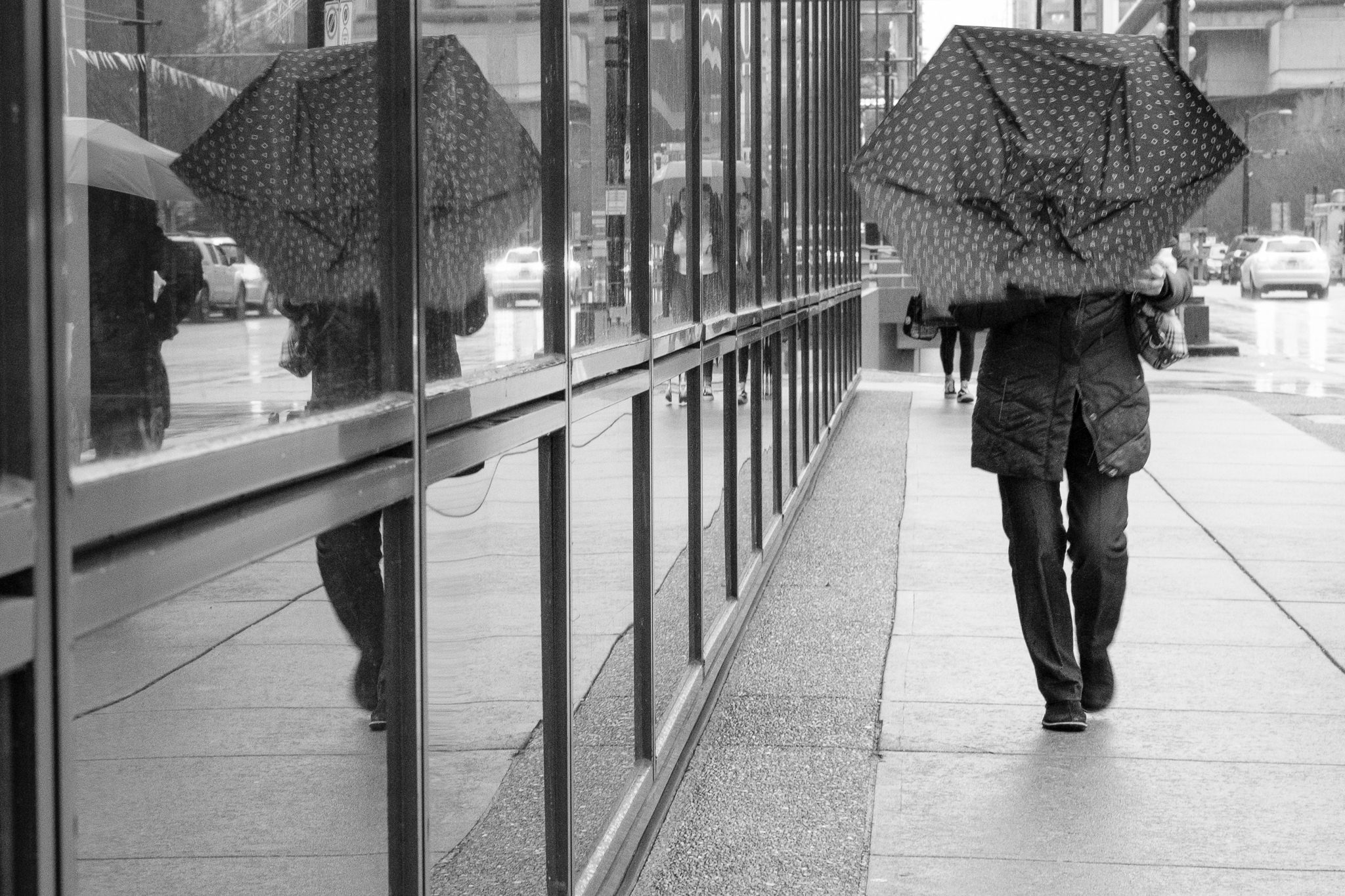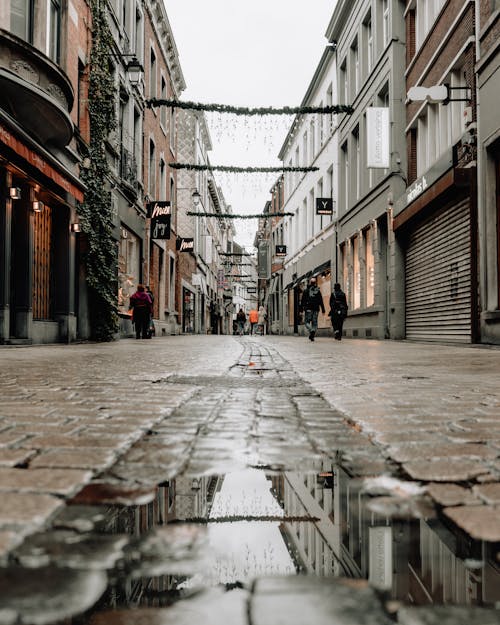The Basic Principles Of Framing Streets
Table of ContentsThe Best Guide To Framing StreetsSome Known Questions About Framing Streets.The smart Trick of Framing Streets That Nobody is Talking AboutFascination About Framing StreetsEverything about Framing Streets3 Easy Facts About Framing Streets Explained
Photography category "Crufts Pet dog Program 1968" by Tony Ray-Jones Road digital photography (also occasionally called candid digital photography) is digital photography carried out for art or inquiry that includes unmediated opportunity encounters and arbitrary cases within public locations, usually with the purpose of catching images at a decisive or touching minute by mindful framing and timing. 
Framing Streets Fundamentals Explained
Susan Sontag, 1977 Road photography can concentrate on individuals and their habits in public. In this regard, the street professional photographer resembles social documentary professional photographers or photographers who likewise operate in public places, yet with the purpose of recording newsworthy events. Any one of these photographers' pictures might capture individuals and residential or commercial property visible within or from public areas, which frequently involves browsing moral issues and laws of privacy, safety, and building.
Representations of daily public life develop a genre in practically every period of globe art, starting in the pre-historic, Sumerian, Egyptian and early Buddhist art durations. Art handling the life of the road, whether within sights of cityscapes, or as the dominant theme, appears in the West in the canon of the Northern Renaissance, Baroque, Rococo, of Romanticism, Realistic look, Impressionism and Post-Impressionism.
Framing Streets Fundamentals Explained
Louis Daguerre: "Boulevard du Holy place" (1838 or 1839) In 1838 or 1839 the first picture of numbers in the road was tape-recorded by Louis-Jacques-Mand Daguerre in one of a set of daguerreotype sights extracted from his workshop window of the Blvd du Temple in Paris. The 2nd, made at the elevation of the day, shows an unpopulated stretch of road, while the other was taken at concerning 8:00 am, and as Beaumont Newhall records, "The Boulevard, so frequently full of a relocating bunch of pedestrians and carriages was perfectly solitary, except an individual who was having his boots brushed.
His boots and legs were well defined, but he is without body or head, since these were in motion." Charles Ngre, waterseller Charles Ngre. https://parkbench.com/directory/framingstreets1 was the first professional photographer to attain the technical class required to register individuals in activity on the street in Paris in 1851. Professional Photographer John Thomson, a Scotsman collaborating with reporter and social protestor Adolphe Smith, published Street Life in London in twelve month-to-month installments beginning in February 1877
5 Easy Facts About Framing Streets Described
Eugene Atget is considered a progenitor, not because he was the first of his kind, but as a result of the popularisation in the late 1920s of his record of Parisian streets by Berenice Abbott, that was motivated to undertake a similar documentation of New York City. [] As the city established, Atget assisted to promote Parisian streets as a worthy topic for digital photography.

Some Of Framing Streets
The principal Mass-Observationists were anthropologist Tom Harrisson in Bolton and poet Charles Madge in London, and their very first record was created as the publication "May the Twelfth: Mass-Observation Day-Surveys 1937 by over two hundred viewers" [] Window cleaner at Kottbusser Tor, Berlin, by Elsa Thiemann c. 1946 The post-war French Humanist School digital photographers found their subjects on the road or in the diner. Between 1946 and 1957 Le Groupe des XV yearly displayed job of their website this kind. Andre Kertesz. Circus, Budapest, 19 May 1920 Road photography developed the significant web content of two exhibitions at the Museum of Modern Art (Mo, MA) in New York curated by Edward Steichen, Five French Professional Photographers: Brassai; Cartier-Bresson, Doisneau, Ronis, Izis in 1951 to 1952, and Post-war European Digital Photography in 1953, which exported the principle of street photography globally.

The Greatest Guide To Framing Streets
, then an educator of young kids, linked with Evans in 193839.'s 1958 book,, was considerable; raw and typically out of emphasis, Frank's pictures questioned traditional photography of the time, "tested all the official rules laid down by Henri Cartier-Bresson and Walker Evans" and "flew in the face of the wholesome pictorialism and genuine photojournalism of American magazines like LIFE and Time".